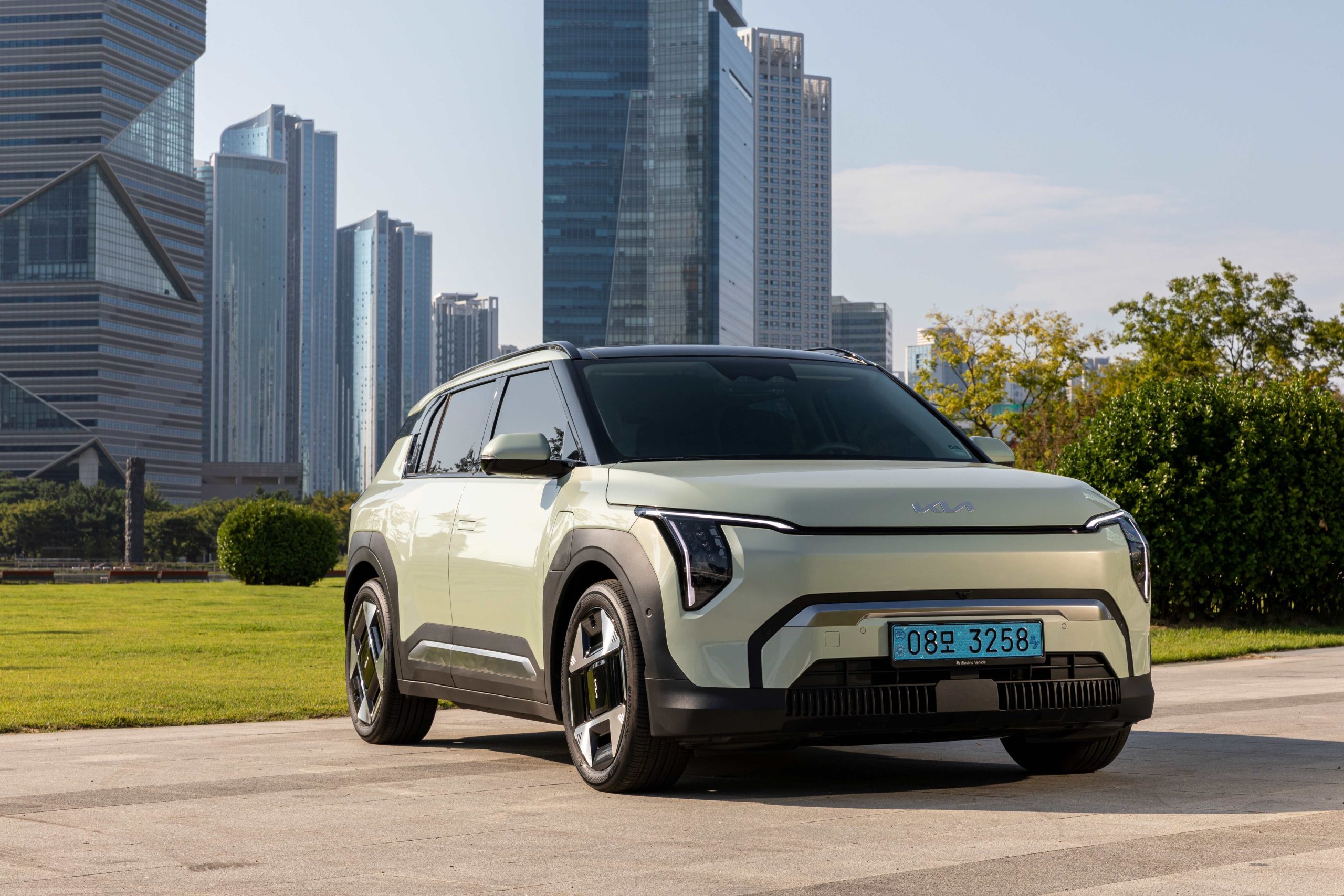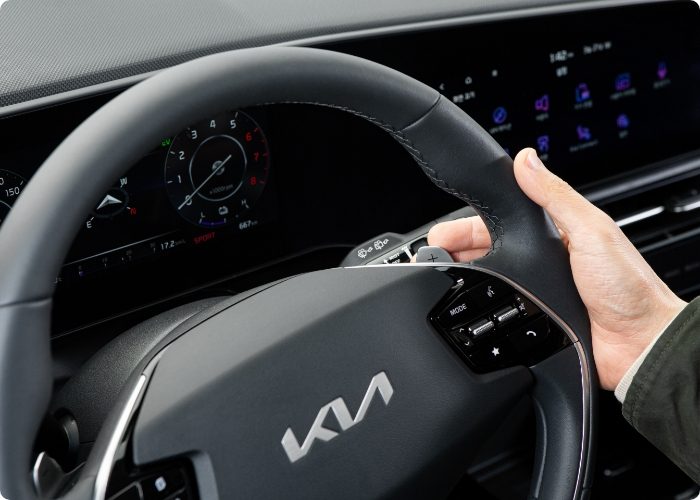The Ins and Outs of Regenerative Braking
Words/Images NZ Autocar
Regenerative braking is technology that allows kinetic energy during braking to be recovered and stored in the car’s battery. This applies only to vehicles with an electric motor, so a mild hybrid, self-charging hybrid, plug-in hybrid, or full EV. Regenerative braking slows the car by turning its forward motion into electrical energy, which is then stored in the battery. It also operates during downhill running, with your foot off the throttle.

The major benefit is improved range for EVs. A side benefit is less brake wear. In some modern EVs you may not even be aware of it happening.
Regular brakes work by applying friction, slowing your car down by turning forward motion into heat energy, which is then dissipated. Instead of lost energy, regenerative braking allows some kinetic energy to be recovered when decelerating. When you back off the ‘gas’ or brake in an EV, your car’s kinetic energy is partially converted into electric energy instead of heat, slowing the vehicle. That energy is then stored in the battery for later reuse.
How does it work exactly? Regenerative braking converts kinetic energy into electrical energy, in turn slowing the car. To drive an EV, electrical energy from the battery turns the electric motor. The rotation of the motor drives the wheels. During acceleration, more current reaches the motor and it spins faster.
If you lift off the accelerator, you’re no longer applying a current to the motor but it will continue to rotate as the forward momentum of the car continues to turn the wheels. As the motor rotates, it acts as a generator, converting the forward momentum of your car into electricity as the car slows. And thus the battery receives extra charge.

The sensation is similar to applying the brakes. The car will slow down, the rate depending on where the regenerative braking is set. A gradual reduction in speed is normal but with ‘one-pedal driving’ it is more like moderate braking in an ICE vehicle. Many EVs have adjustable regenerative braking, often by paddles attached to the wheel. And almost as often it’s via settings in the main touchscreen.
All hybrids and EVs still have traditional braking systems as well. Regenerative braking cannot bring a car to a complete stop quickly and nor will it work for an emergency stop. Traction control also requires traditional brakes, as they act by adjusting the braking force at each individual wheel. Regenerative braking cannot do that. But it recovers energy that would otherwise be lost as heat. This improves overall efficiency and boosts electric driving range. In hybrids, this also leads to better fuel economy.

Regenerative braking also reduces actual brake wear. As regenerative braking provides most of the force needed to slow a car, the regular brakes aren’t used as much, saving on pad and disc costs.
It also means that EVs can be driven using mainly the accelerator pedal alone, simplifying the drive.

Depending on the individual model, it can take time for drivers to become accustomed to regenerative braking slowing the car simply by lifting off the accelerator. Start off with regenerative braking set to the minimum. You can then increase the intensity of regenerative braking as you adapt your driving style. Weak regenerative braking won’t recoup much energy. But strong regenerative braking isn’t always what you want on faster roads or the motorway. Here, coasting may be preferable.





